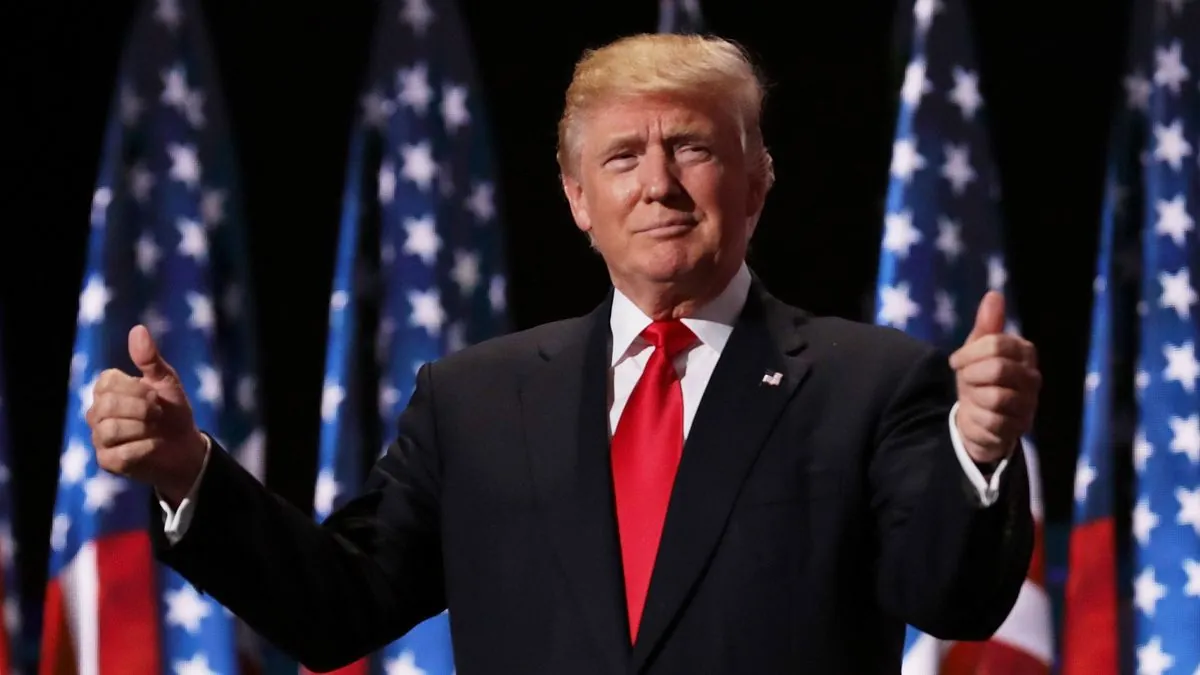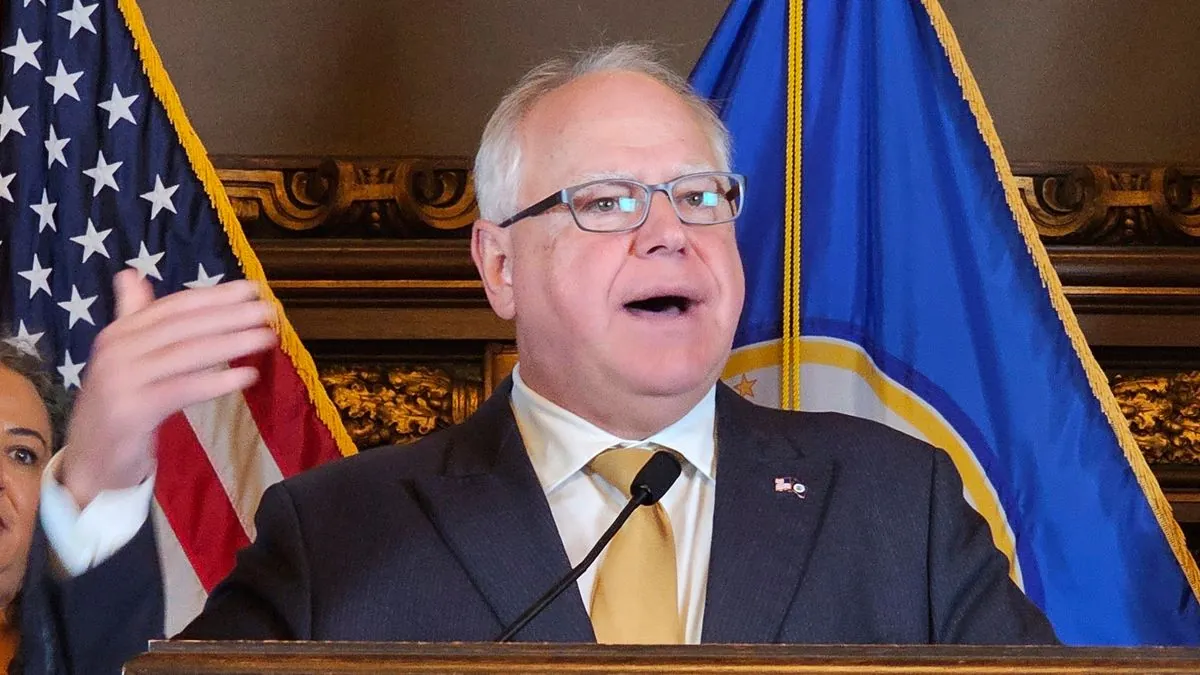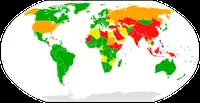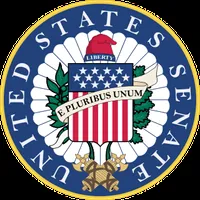Trump's Conflicting Claims: From Minnesota Protests to Capitol Riot
Former President Trump's recent TV appearance raises questions about his influence over protesters. His account of a 2020 Minnesota incident contradicts official records, shedding new light on January 6 events.

In a recent appearance on Fox News' "Gutfeld" show, Donald Trump shared a story about his alleged intervention during protests at the Minnesota governor's mansion. However, this account raises significant questions about the former president's influence over demonstrators and his actions during critical moments.
Trump claimed he defused a situation where protesters with American flags surrounded Governor Tim Walz's residence. He stated, "I put out a statement: 'He's a good man, the governor. He's on our side. I don't, I didn't know him, but I didn't want him to get hurt.' And everybody put down their flags and they left."
However, fact-checking reveals inconsistencies in Trump's narrative. The events he described do not align with documented protests in Minnesota. Instead, they appear to conflate different incidents, raising doubts about the accuracy of his recollection.

The actual events occurred on April 17, 2020, during protests against COVID-19 restrictions. Governor Walz, who became Minnesota's 41st governor in 2019, reported a different version of events to Politico reporters in 2021. He stated that Trump's tweet "LIBERATE MINNESOTA!" had "brought armed people to my house."
This incident highlights the power of social media in mobilizing protesters. Twitter, founded in 2006, became a primary platform for Trump's statements during his presidency. His use of the platform often sparked immediate reactions from his supporters.
The discrepancy between Trump's account and official records raises questions about his understanding of his influence over protesters. This becomes particularly relevant when considering the events of January 6, 2021, at the U.S. Capitol.
"It was sort of a beautiful thing in a lot of ways."
Trump's characterization of the Minnesota incident as "beautiful" contrasts sharply with the gravity of the Capitol riot. While he claims to have quickly dispersed protesters in Minnesota with a simple statement, his response to the January 6 events was markedly different.
During the Capitol riot, Trump delayed issuing a call for protesters to disperse for over two hours after the first breach. This inaction stands in stark contrast to his claimed ability to quickly defuse tense situations with his words.
The inconsistencies in Trump's narrative raise important questions about accountability and the responsible use of influence. As the United States approaches another presidential election, understanding the impact of political rhetoric on public actions becomes increasingly crucial.
These events underscore the delicate balance between the right to peaceful assembly, protected by the First Amendment, and the potential for rhetoric to incite unrest. They also highlight the responsibilities of leadership in times of crisis, whether responding to pandemic-related protests or threats to democratic institutions.
As the nation reflects on these incidents, it's clear that a thorough examination of political communication and its consequences is essential for maintaining the integrity of democratic processes and ensuring public safety.


































